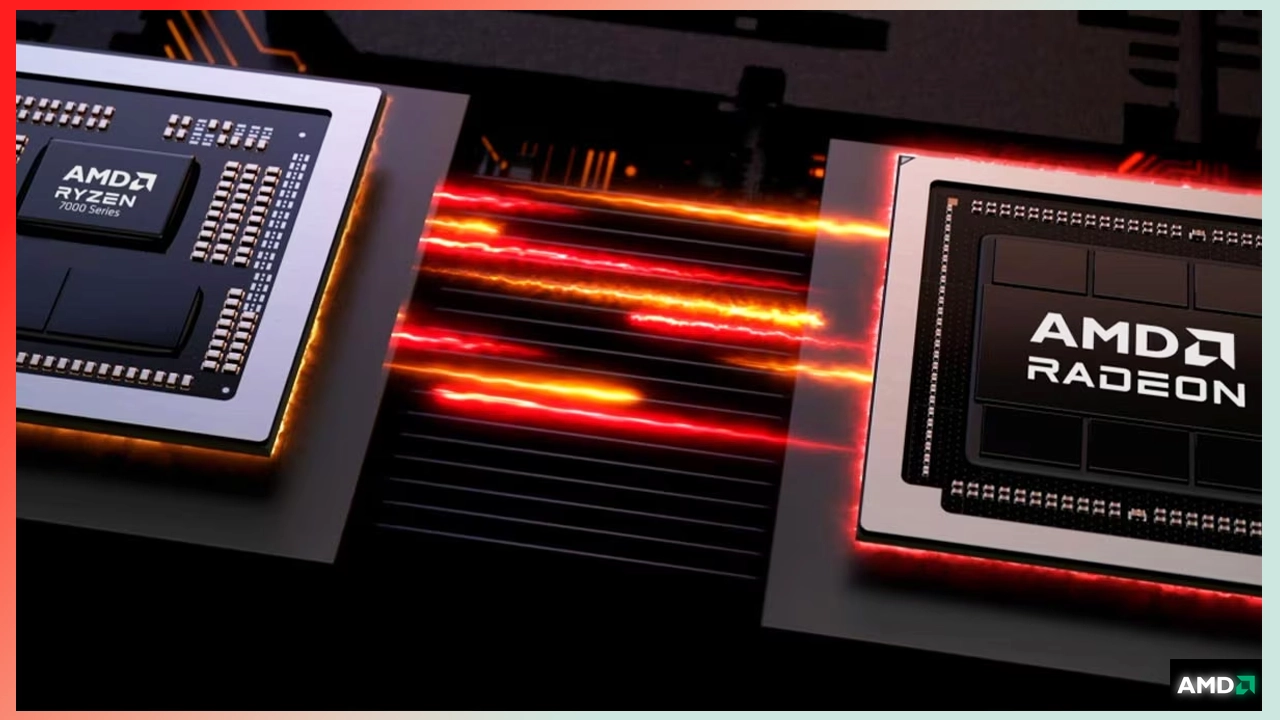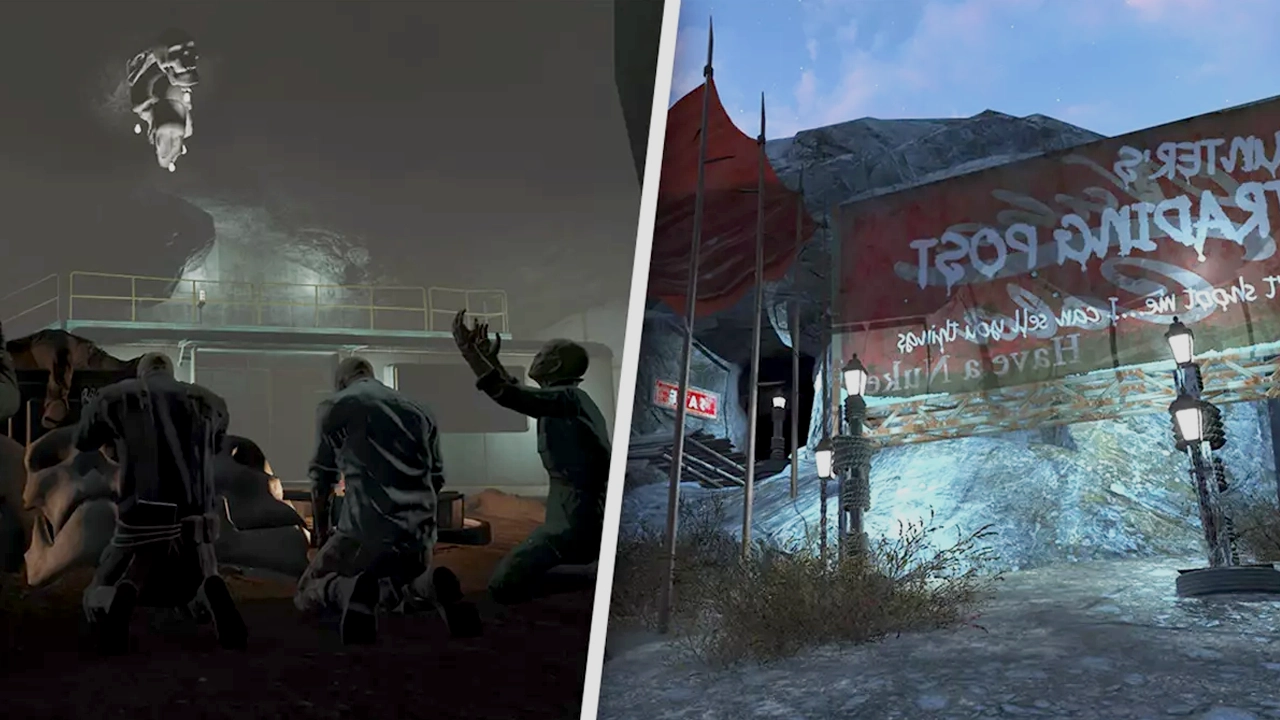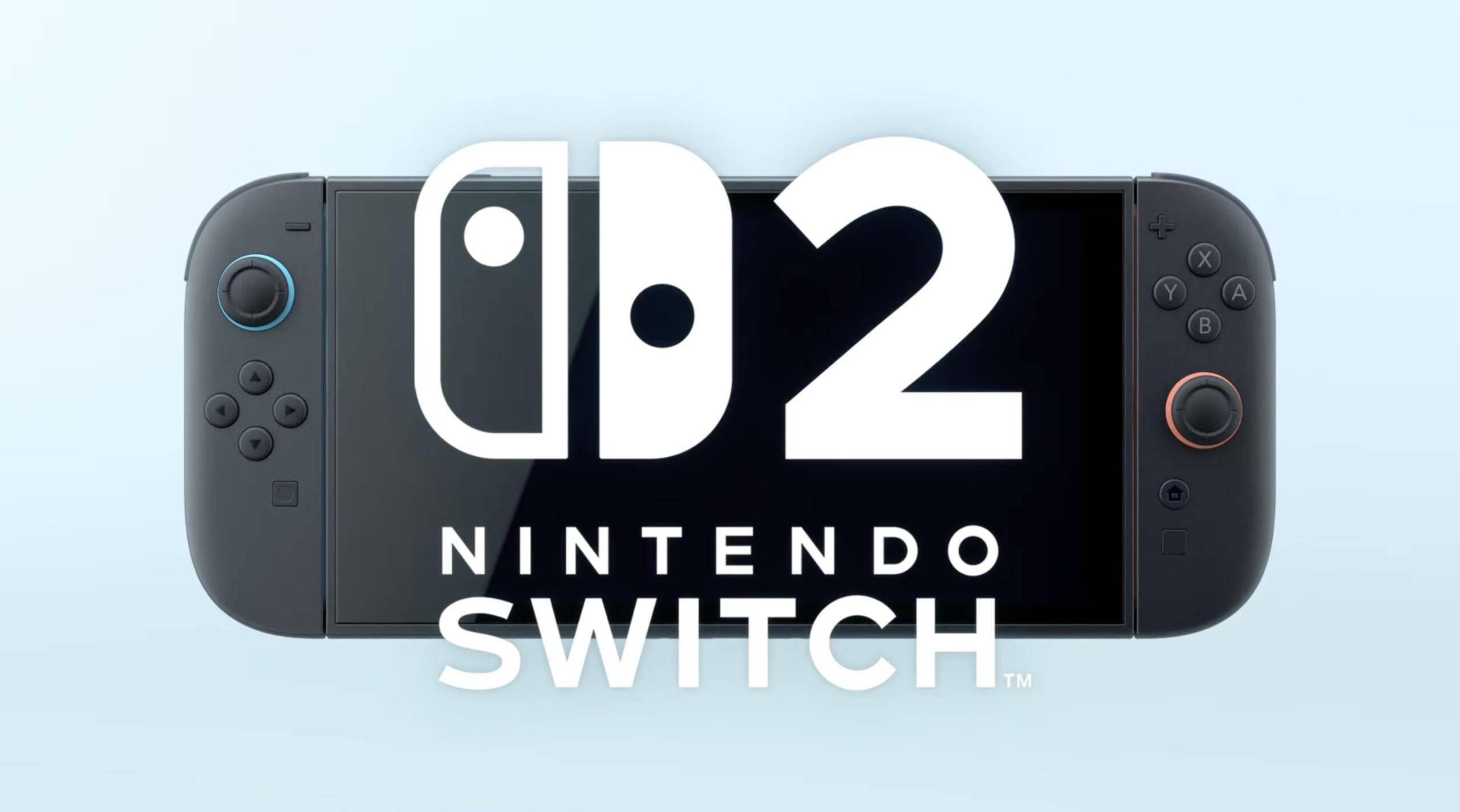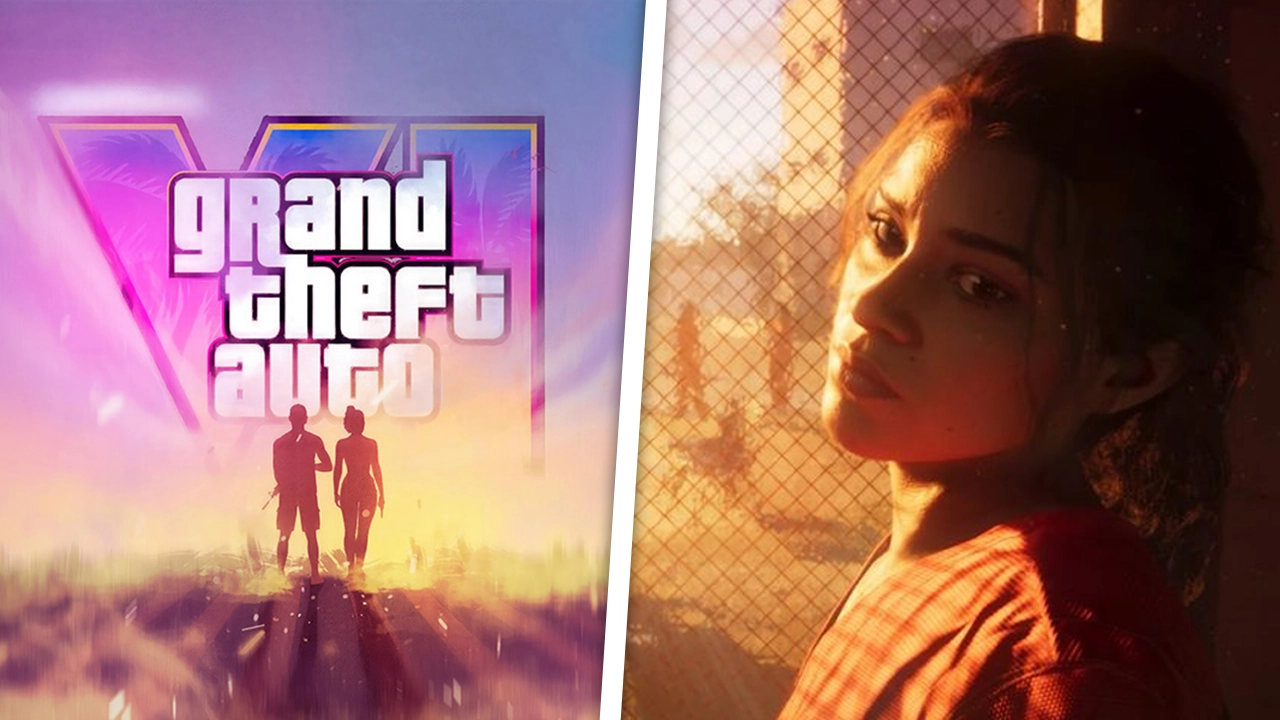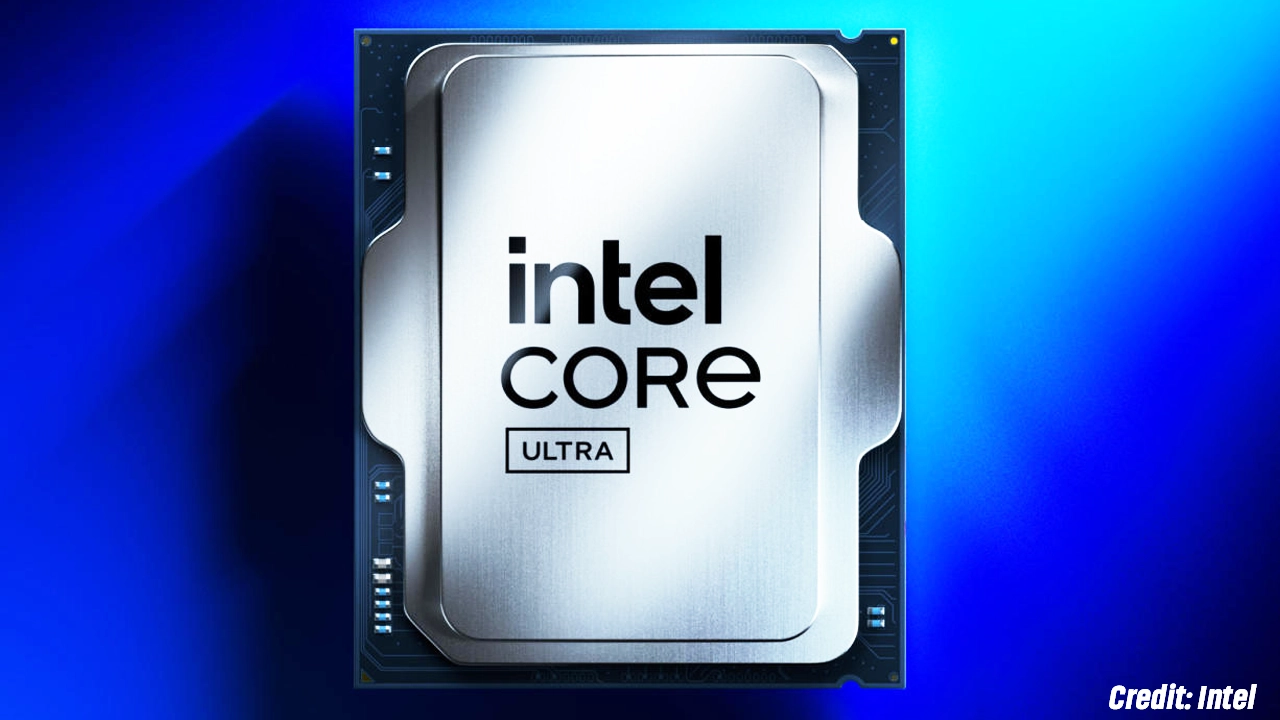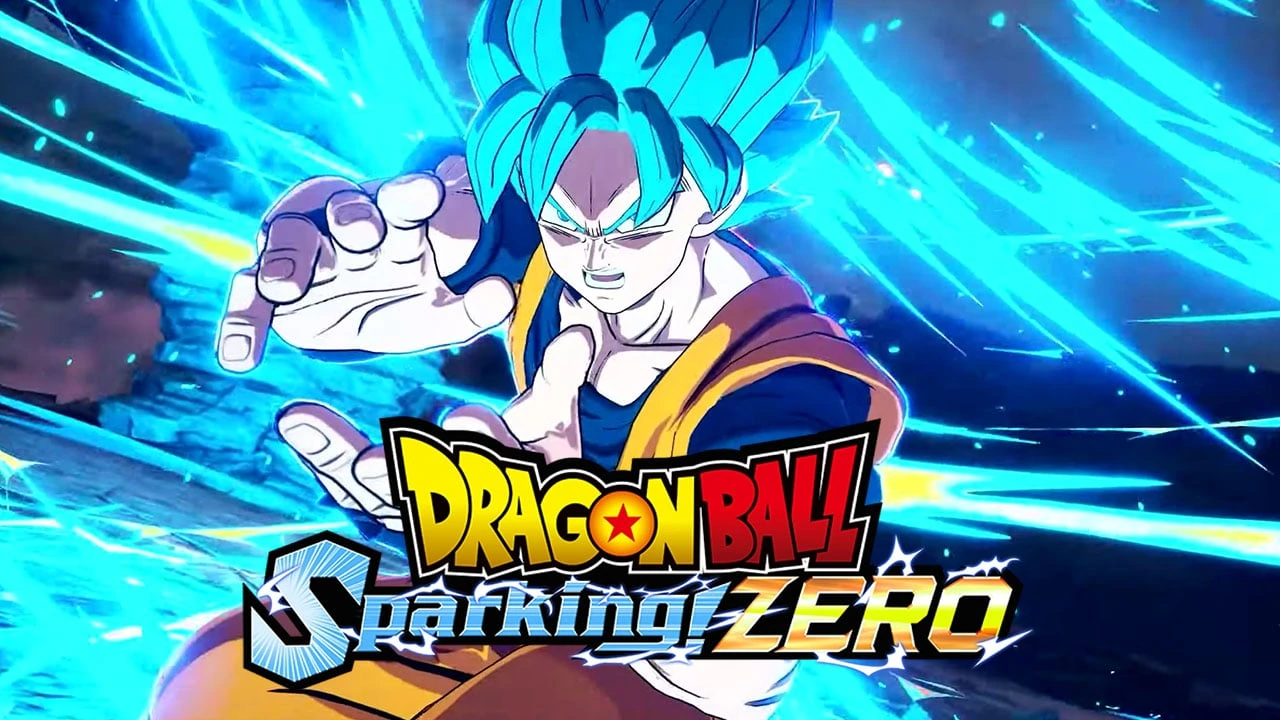Thanks to the advanced upscaling techniques involved, AMD’s FidelityFX Super Resolution technology has taken gaming to a whole new level in terms of both performance and image quality. Building further on the great work from FSR 3.1, with FSR 4, AMD takes it all to a totally new level.
FSR 3.1: A Brief Overview
FSR 3.1, upon its mid-2024 release, featured a number of enhancements compared to the former ones. For example, it brought more temporal stability to avoid flickering and shimmering, better ghosting reduction, and detail preservation. FSR 3.1 decoupled frame generation from upscaling and, hence, was allowed to work smoothly with other upscaling solutions. This version also extended the support to Vulkan and the Xbox Game Development Kit, widening areas of application in this respect.
The Leap to FSR 4
By the time CES 2025 rolled around, AMD was proud to unveil FSR 4; the major evolution of its upscaling technology. The big difference with FSR 4, compared to its predecessors, is that this one incorporates machine learning via the second-gen AI accelerator cores on AMD’s newest RDNA 4 architecture. This enables more advanced upsampling, which should result in better image quality and performance enhancements.
Compatibility and Exclusivity
With FSR 4, another big feature is that it is exclusive for the AMD RDNA 4 GPUs; in other words, only Radeon RX 9000 series. That’s due to complex machine learning algorithms being applied at a hardware level in FSR 4. This automatically means only titles compatible with FSR 3.1 will include support for FSR 4. What this does entail, however, is that already-optimized titles for FSR 3.1 will have FSR 4 out of the box, given proper hardware.
Implications for Gamers and Developers
For gamers, the introduction of FSR 4 means they can have more immersive and spectacular games. Brought by Artificial Intelligence driven enhancements, the images will become sharper, the frame rate smoother, and latency lesser, which makes for a great session of gaming.
On the other hand, developers will need to consider hardware limitations when implementing FSR 4. While compatible titles will transition seamlessly from FSR 3.1 to FSR 4, that exclusivity to RDNA 4 GPUs may significantly limit the audience that can take full advantage of these enhancements. But high-end gaming experiences, integrating FSR 4 could be a major selling point.
Check out: Best Innovation of CES 2025 That Stole the Show
Industry Reception
AMD has commercialized the official debut of FSR 4 which has received varied responses within the industry. A great part of the positive reaction is due to the fact that AMD really wants to push the upscaling technology forward and embrace AI to push gaming visual fidelity to its bounds. Early reports about the improvements of image quality have shown certain appreciable enhancement in some of the most demanding titles like applications when even “Ratchet & Clank: Rift Apart” was used under FSR 3.91.
However, others raise concerns regarding the exclusivity of FSR 4 to RDNA 4 GPUs which takes a different path from the inclusive approach AMD has traditionally taken with FSR, designing such open to a wide range of hardware, including competitor GPUs. Critics argue that it could do more harm by actually fragmenting the user base and thus reducing FSR 4’s chance of more widespread adoption.
Check Out: Next-Gen Intelligence by Nvidia and AMD on Asus Gaming Laptop 2025
Looking Ahead
Meanwhile, with AMD releasing the Radeon RX 9000 series in the first quarter of 2025, the question on every gamer’s mind remains how FSR 4 does in real life. By integrating AI and machine learning into the mix, things will become so far ahead as they could set up a new frontier among these technologies dealing in upscaling. The hardware exclusives might be very tricky, while the image quality and performance improvements it brings could finally be reasons enough for gamers wanting the best possible experience.
MD FSR 4 picks up from where FSR 3.1 left off with promises of AI-driven enhancements in its continuing quest to redefine game visuals. With that, the technology which is about to hit the block will be worth seeing how both the developers and the gamers welcome it for the gaming world.
